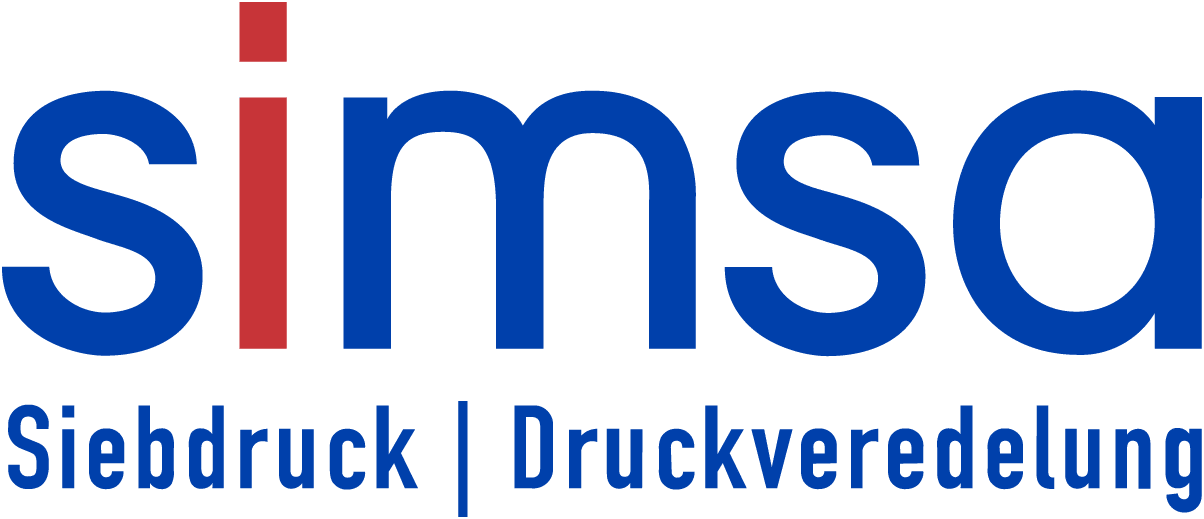Tactile prints
Palpable prints stimulate the fingertips tactilely when touched. In addition to the sense of sight, the sense of touch is also addressed. This gives you increased attention and longer engagement with your printed matter. It has also been scientifically proven that appealing to more than one sense leads to better neuronal cross linking and memory storage in the brain.
Please be aware that tangible, haptic prints are not the “eye-catcher” that attracts potential new customers. For this purpose, you get many other printed special effects from us. Tangible prints, however, are the factor to win in dwell time, i.e. the customer´s attention span, and in his recall of your product!
Like the saying “Many roads lead to Rome”, you could also say “Many roads lead to haptics”:
Tactile varnish effects
Simsa 3D-relief varnish
The varnish with the maximum three-dimensional effect. Our tip: Prefer to design with many finer elements and spaces in between. This gives your fingertips a memorable, tactile up and down rollercoaster ride when they touch your print product.
In addition to high-gloss, relief coating is also available in a matte version. With this, you can discreetly and realistically bring the feel of natural surfaces to paper. For example, you can print the grain of a wooden board, tree bark or the burls of a basketball in a very lifelike manner. The subtle look of the matte varnish also creates moments of surprise when touched.
We can even print Braille for the visually handicapped, but with restrictions depending on the application: The results that can be achieved are only suitable for experienced Braille readers and short texts. For continuous text, a combination of a special machine and paper is required, which we do not offer. However, for raising awareness within normal printed matter it serves sufficiently.
Simsa “Good Lack”
Micro-fine varnish structures from our GoodLack sample catalog invite you to create eye-catching graphic designs. In addition, images of objects can be visually enhanced with fine details, such as fabric weaves or record grooves.
Simsa Textured Varnish “The Rough”
The effect varnish for imitating rough surfaces such as concrete, asphalt, sandpaper, stone or masonry: we print natural structures using UV varnish in thick-layer screen printing quality. Make your images look even more lifelike.
Simsa Lemon Peel Varnish “Lack Orange” & Water imitation “Wet Look”
You can have images of citrus fruit peels printed just as lifelike as rain-soaked surfaces.
Tactile embossing effects
3D embossing:
3D-embossing is the three-dimensional shaping of paper or cardboard. To be more precisely: If the image is raised out, i.e. above paper level, it is called embossing, if it is recessed or immersed, i.e. below paper level, it is called debossing.
A single level embossing has one evenly raised plain surface. A single level debossing has one evenly sunken plain surface. In contrast to this a multi-level embossing or debossing has two or more layers in height. In all cases, the layers are parallel to the paper surface. Sculptured 3D relief embossing, on the other hand, shows three-dimensional gradients and body shapes, such as a face, a statue, or a bulging surface of a golf ball.
Detailed information can be found here.
Embossing or debossing with gloss varnish coating:
Additional light reflection greatly enhances the optical effect of three dimensionality. One way of achieving this is to apply a high-gloss UV laquer congruent with the embossing image.
Foil relief embossing:
Additional light reflection greatly enhances the visual effect of a 3D embossing. One way of doing this is to metallize the embossing image with a very thin layer of reflective metal, a so-called foil relief embossing. Gold, silver, metallic chromatic colors and hologram effects are available. The brighter the color, the better the visual effect.
Tactile film laminations
Lamination films are applied to the entire surface of the printed matter. Unlike the other tactile printing options, this cannot be done partially. In return, however, you get the added value of a protective coating that is wipeable, moisture-resistant and largely tear-resistant. Laminating films with tactile surface structures are available in linen structure, sand grain, brushed with linear alignment and leather look.
Tactile multi-level pressure
Thick layers of ink in different heights build a structured base on which the color print is finally applied. Suitable for small series, such as the art reproduction of a painting in which the thickly brushed-on acrylic colors are to be reproduced. Tactile elements on individual signage, such as for people with visual impairments, can also be solved in this way.
